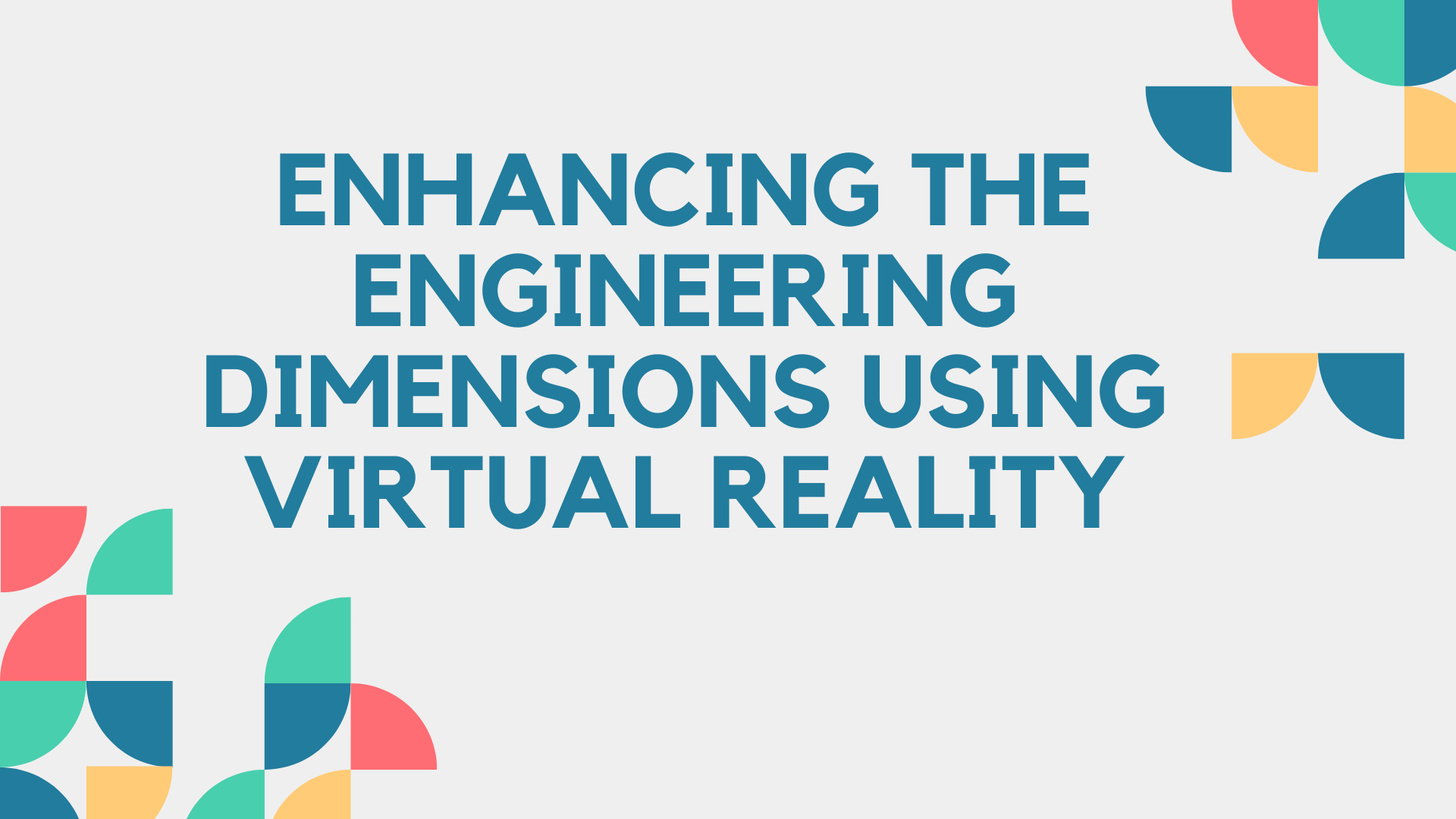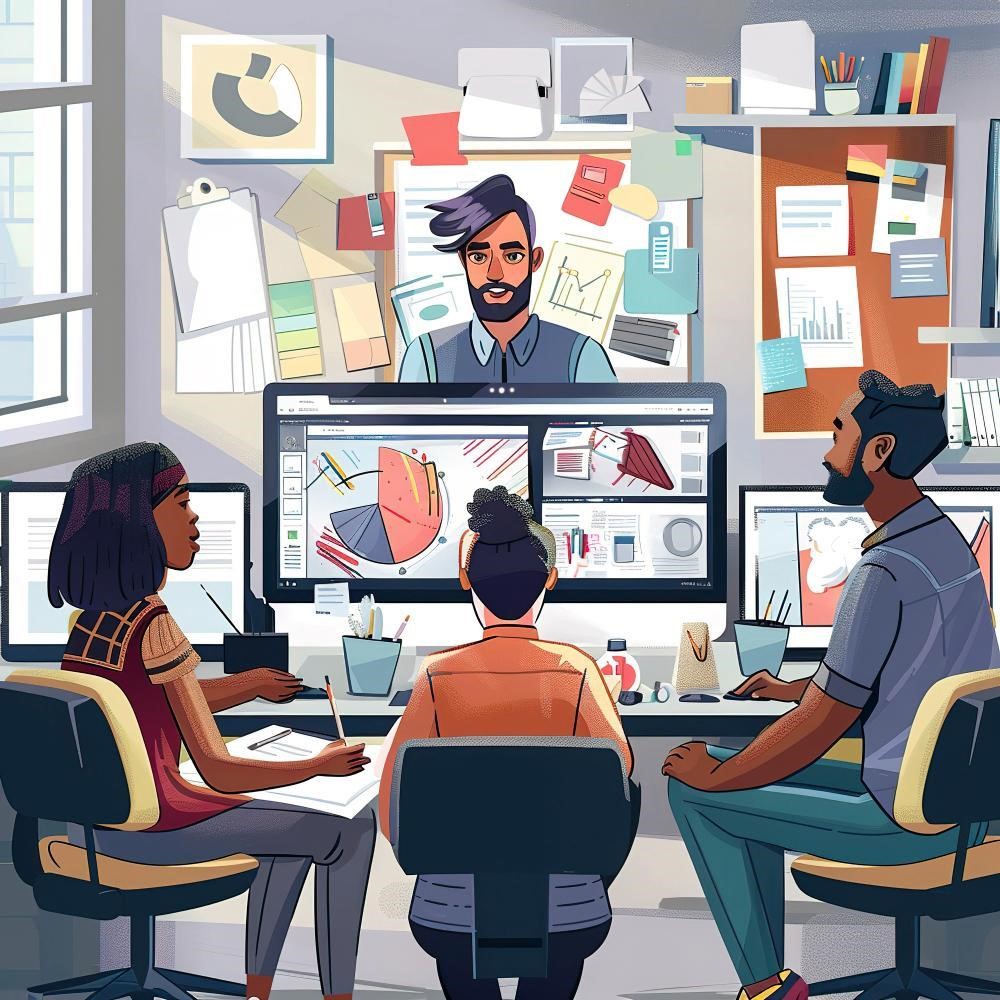
In the world of modern technology and engineering, the integration of virtual reality (VR) has emerged as a revolution, transformative force, reshaping how professionals conceptualize, design, and interact with engineering dimensions. The technology is accomplished the boundaries of traditional design methods, offers engineers and designers an immersive and dynamic platform to explore.
What is Virtual Reality (VR)?
Virtual Reality (VR) is a technology in which a simulated artificial experience that employs a user’s physical presence in a virtual world. Virtual reality is a simulated experience that enables users to explore and interact with a virtual 3D environment. The users can experience the virtual reality environment with the help of wear devices such as VR headsets, helmets or goggles to interact with the environment.
In a virtual reality environment, engineers and designers can interact with their designs, products, components and surroundings, manipulate and experience them, and can able to move from one place to another in a 3D space and the user can feel this experience as realistic.
Evolution of Engineering Visualization:
Earlier engineers and designers are used to relied on 2D CAD drawings and later on 3D models on 3D modeling software’s to visualize their designs of a product. These methods had limitations in visualizing designs and dimensional aspects comprehensively. VR technologies provide an outstanding experience where engineers can step into their designs and engage with them in a virtual three-dimensional space.
Virtual reality allows engineers to exceed the limitations of traditional screens and actively engage with their designs. Whether it’s a complex architectural structure or a mechanical machine component, engineers and designers can easily walk around and can be able to access and manipulate all the engineering dimensions of a component by using virtual reality technology.
Exploration of Engineering Dimensions:
Virtual reality has ability to create realistic and immersive environments, has opened up endless possibilities in engineering design. Virtual reality helps engineers and designers to communicate with their designs. This immersive exploration brings an extraordinary level of understanding and instinct to the design process. Engineers can evaluate, discuss, modify engineering and encourage efficient communication and reducing the probability of errors. This technology involves and uses high quality displays and motion sensors to interact with their product and manipulate, access and explore the dimensions of their designs. For professionals exploring a Motion analytics alternative, various advanced tools are available to enhance interaction and precision.
Future of VR Engineering Design:
As the virtual reality technology continues to advance, the growth of engineering designs is simultaneously increasing as the engineering designs will become more accurate, precision and engineers can create products with more advancements. The virtual reality has unlocked new possibilities, as it has revolutionized prototyping and simulation in engineering design. Virtual reality ca also integrated with artificial intelligence and can enable intelligent virtual assistants that assist engineers in real-time design optimization.
Virtual reality stands as an innovative technology in the modern world, engineers offering a dynamic and immersive platform for designing and understanding engineering dimensions. Virtual reality continues to play one of the important roles in an engineering dimension as this technology continues to evolve, the relation between virtual reality and engineering will redefine how we approach design challenges and increase the precision and efficiency of engineering workspace.


